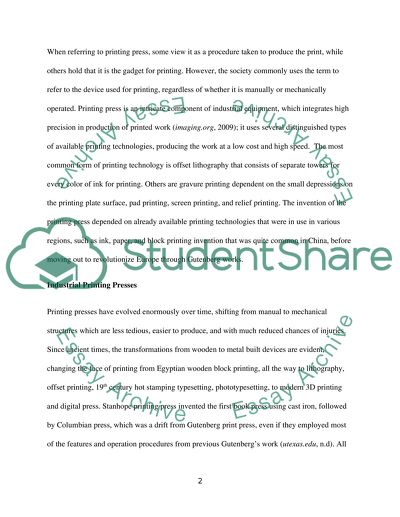Cite this document
(“Invention of printing press Essay Example | Topics and Well Written Essays - 2250 words”, n.d.)
Retrieved from https://studentshare.org/history/1466506-invention-of-printing-press
Retrieved from https://studentshare.org/history/1466506-invention-of-printing-press
(Invention of Printing Press Essay Example | Topics and Well Written Essays - 2250 Words)
https://studentshare.org/history/1466506-invention-of-printing-press.
https://studentshare.org/history/1466506-invention-of-printing-press.
“Invention of Printing Press Essay Example | Topics and Well Written Essays - 2250 Words”, n.d. https://studentshare.org/history/1466506-invention-of-printing-press.


